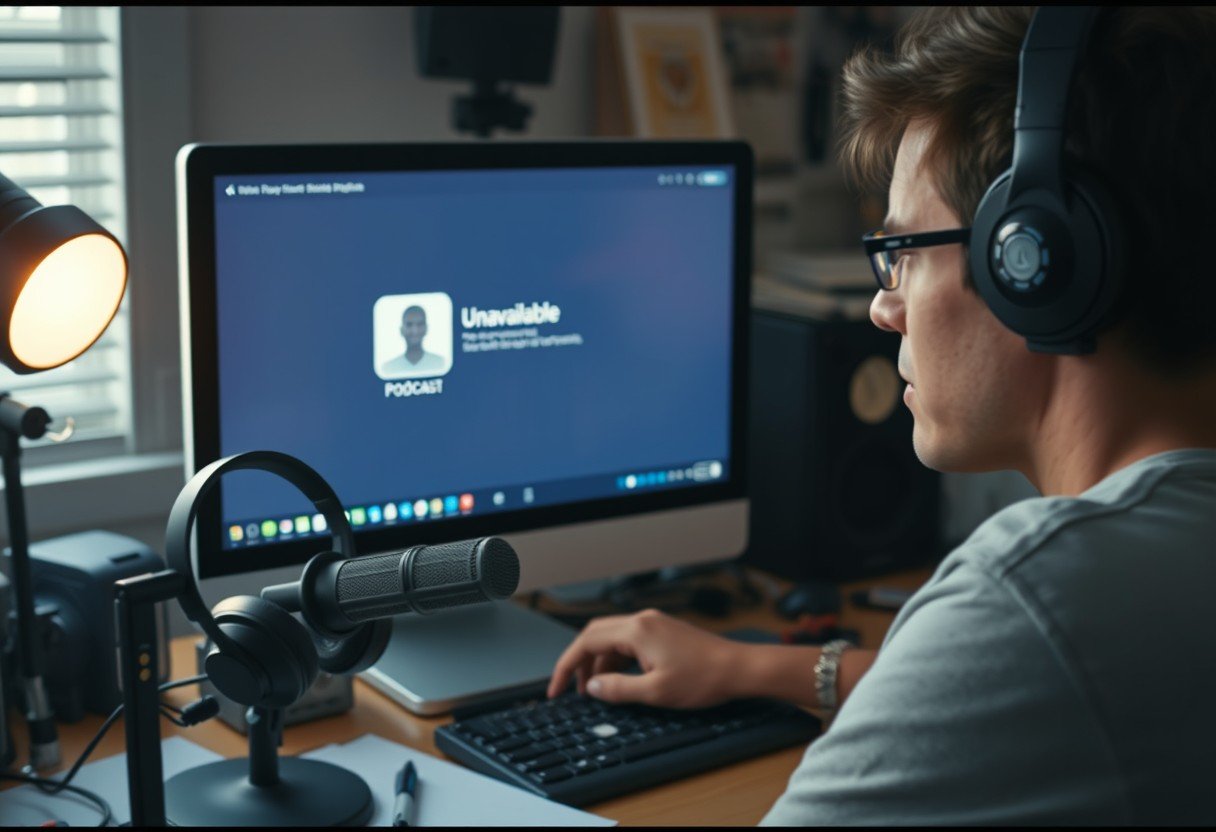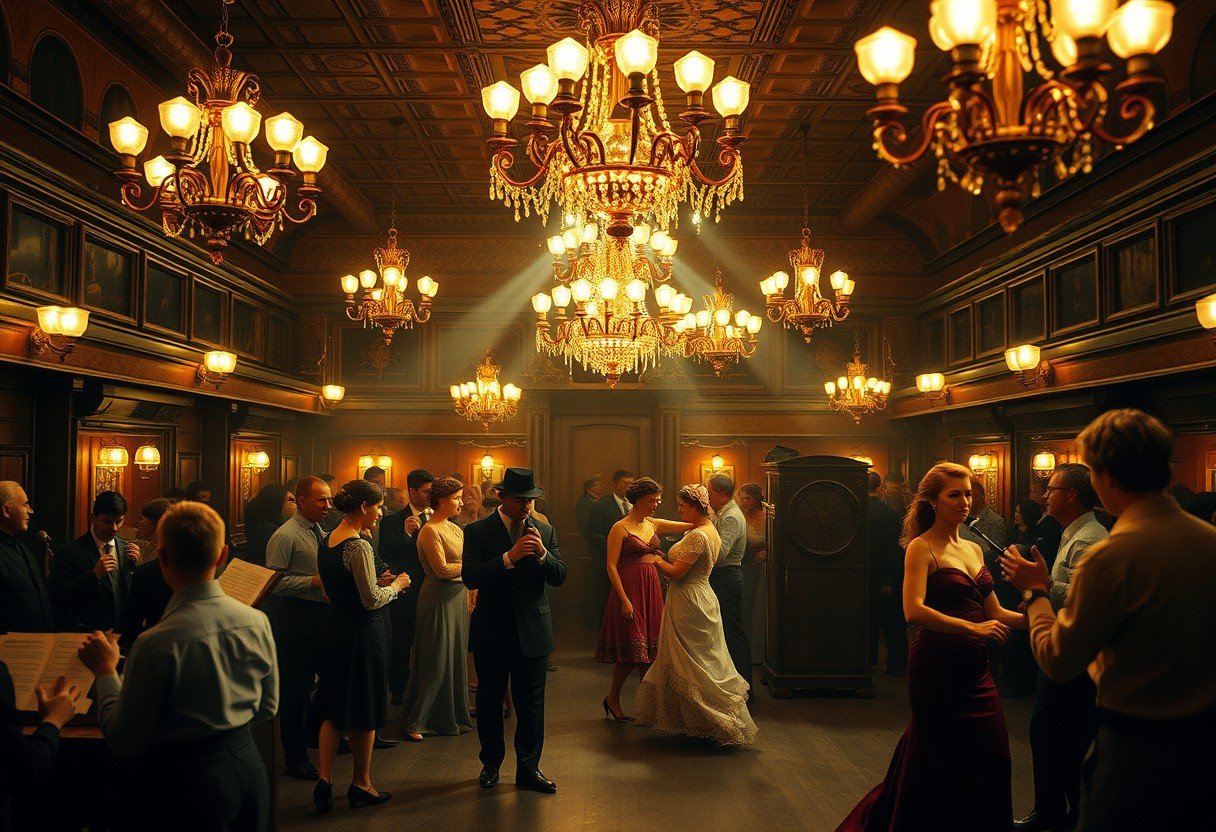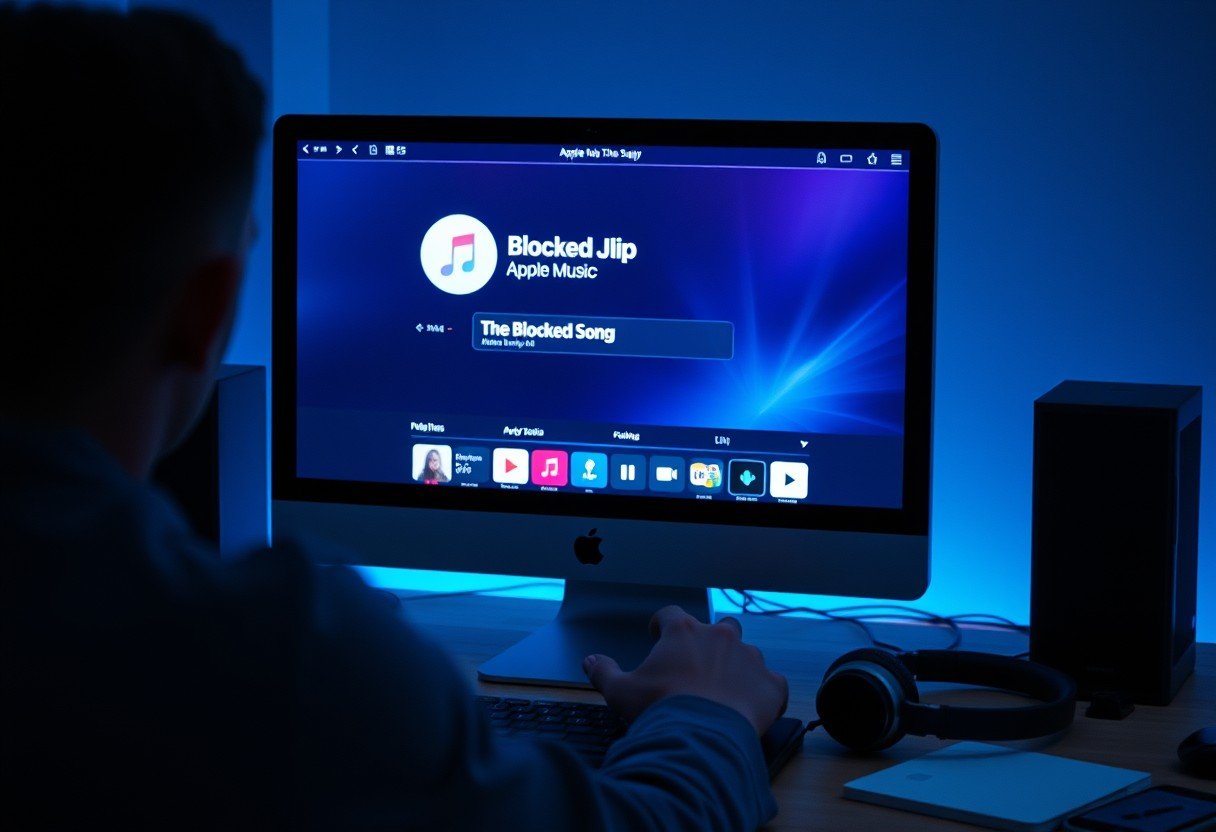Have you ever watched a live concert and wondered why the singer has two microphones? This common practice isn’t just for show; it serves critical technical and creative purposes. From ensuring the performance goes on without a hitch to creating unique vocal effects, a dual microphone setup is a powerful tool that enhances sound quality, stage presence, and the overall audience experience.
Ensuring a Flawless Performance with a Backup Mic
One of the most practical reasons for using two microphones is for redundancy. In a live performance, technical glitches can happen at any moment. A microphone could suddenly fail due to a bad cable, internal damage, or wireless interference.
Having a second microphone ready to go provides an immediate backup. This ensures that the show can continue seamlessly without any awkward pauses or interruptions. For a professional artist, this safety net is invaluable, protecting the performance from unforeseen technical disasters and guaranteeing a smooth experience for the audience.
This backup mic is often identical to the primary one and is already live in the sound system. The singer can simply switch to it in an instant, and the sound engineer can make a quick adjustment on the mixing board. It’s a simple solution to a potentially show-stopping problem.
Creating a Richer Vocal Sound with Different Mic Types
Beyond safety, using two microphones allows for incredible sonic versatility. Artists often combine two different types of microphones, such as a dynamic and a condenser mic, to capture the best qualities of each. This technique allows for a richer and more detailed vocal sound.
A dynamic microphone is great for handling loud, powerful vocals without distortion, while a condenser microphone is more sensitive and can capture subtle details and nuances. By blending the signals from both, a sound engineer can create a vocal mix that is both powerful and crystal clear.
This blending technique allows artists to:
- Achieve a full-bodied tone that cuts through the band’s instruments.
- Capture delicate, breathy parts of a song with high fidelity.
- Create a layered vocal sound that feels bigger and more polished, similar to a studio recording.
The result is a more expansive audio palette that allows the audience to hear every aspect of the singer’s performance, from powerful belts to gentle whispers.
Adding Vocal Effects and Textures in Real-Time
Another popular reason for a dual-mic setup is to apply different vocal effects. A singer might use one microphone for their main, clean vocals and have the second microphone routed through an effects processor. This allows them to add effects like reverb, delay, or distortion to their voice on the fly.
For example, a singer might use the clean mic for the verses of a song and then switch to the effects mic for the chorus to create a bigger, more atmospheric sound. This technique adds a dynamic layer to the performance, making it more engaging and memorable for the audience.
This setup gives the artist creative control over their sound directly on stage. Instead of relying solely on the sound engineer, the singer can physically move between microphones to trigger different vocal textures, effectively “playing” their microphones like an instrument.
Choosing the Right Mics for the Job
The choice of microphones is crucial for a dual setup. Different mics have unique characteristics that make them suitable for different applications. The two most common types used in this scenario are dynamic and condenser microphones.
Understanding their core differences helps explain why blending them is so effective. Dynamic mics are rugged workhorses for live shows, while condenser mics are the sensitive artists of the studio world.
Here is a simple breakdown of their main characteristics:
| Microphone Type | Key Characteristics | Best Use Case |
|---|---|---|
| Dynamic Microphone | Durable, handles high volume well, less sensitive to background noise. | Live performances, loud vocals, rock concerts. |
| Condenser Microphone | Highly sensitive, captures a wide range of frequencies and subtle details. | Studio recording, acoustic performances, detailed vocals. |
Maximizing Stage Presence and Freedom of Movement
A dual microphone setup can also enhance a singer’s stage presence. With mics placed at different locations, such as one on a stand at center stage and another near a piano or guitar station, the performer can move freely without losing sound quality.
This mobility is crucial for an engaging performance. It allows the singer to interact with different band members, move across the stage to connect with the audience, or transition between playing an instrument and singing. Each microphone can be optimized for its specific location, ensuring consistent vocal clarity no matter where the artist is.
How a Dual Mic Setup Helps Fight Feedback
Feedback is the high-pitched squeal that occurs when a microphone picks up sound from a speaker and creates a disruptive sound loop. A dual microphone setup can be strategically used to minimize this common live sound issue.
By using microphones with different directional patterns or positioning them carefully, a sound engineer can reduce the chances of unwanted noise bleeding into the mics. For instance, one mic can be set for close, direct vocals while the other is configured to capture ambient sound at a lower level, giving the engineer more control over the overall mix and helping to prevent feedback loops from forming.
Frequently Asked Questions
Why do singers use two microphones during performances?
Singers use two microphones for several key reasons, including having a reliable backup in case one fails, blending different mic types for better sound quality, applying live vocal effects, and allowing for greater freedom of movement on stage without sacrificing audio.
How does using two microphones improve sound quality?
It improves sound by allowing an artist to blend signals from two different microphone types, like a dynamic and a condenser. This combination captures both the power and the subtle details of a voice, creating a richer, fuller, and more professional sound similar to a studio recording.
Can using two microphones help with background noise and feedback?
Yes, a dual-mic setup can help manage feedback and noise. By strategically placing the mics and using their directional properties, a sound engineer can better isolate the vocals from other stage sounds, reducing the risk of disruptive feedback loops.
Do all professional singers use two microphones?
While it is a common practice among many professional artists, not all singers use two microphones. The decision depends on the artist’s performance style, the venue, the complexity of the show, and personal preference for controlling their sound.
Is it complicated to set up two microphones for a performance?
While it adds a layer of complexity, it is not overly difficult for a professional. With a knowledgeable sound engineer, setting up two mics is straightforward. The benefits in sound quality, reliability, and creative options often outweigh the extra effort in setup.









Leave a Comment